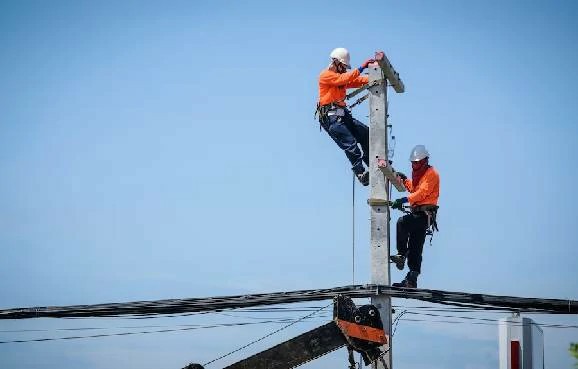


 349,500 Offered Certificates
349,500 Offered Certificates
 24/7 Online Training
24/7 Online Training
 Money Back Guarantee
Money Back Guarantee
 Fully Accredited Courses
Fully Accredited Courses

Created at: 22-02-2025 14:14
In today’s workplace environment, especially when it comes to tasks involving elevation, the importance of proper training cannot be overstated. Businesses that engage in activities requiring personnel to work at heights must comply with strict safety legislation to ensure employee safety and operational efficiency. One of the critical steps in achieving this is selecting the right Working at Heights training provider. In this guide, we’ll delve into the key factors to consider when making your choice, focusing on **accreditation, course content, certification validity**, and the differences between online and in-person training options.
Working at heights poses significant risks, including falls that can result in severe injuries or fatalities. A comprehensive Working at Heights Safety Course not only equips employees with the skills and knowledge necessary to perform tasks safely but also mitigates potential legal liabilities for employers. As such, choosing the right provider is crucial.
When assessing potential training providers, one of the first factors to consider is their accreditation. In Ireland, reputable accreditations include:
Accredited providers adhere to high training standards and are recognized by regulatory bodies, ensuring that employees receive quality education that meets legal requirements.
The Working at Heights course content should address essential topics, including:
Moreover, ensure that the training provider offers a blend of theoretical and practical components to provide a well-rounded learning experience.
Another vital consideration is the flexibility of training delivery. With the rise of digital technology, many providers offer Working at Heights Online Courses. These courses can be convenient, especially for businesses seeking to minimize downtime. However, for tasks requiring practical skills, in-person training may still be the best option. Evaluate your team’s needs to decide which format is most effective.
After completing the course, ensure that the Working at Heights certification issued is recognized and valid. Check the duration of validity and any requirements for re-certification or refresher courses. This information is crucial for maintaining compliance and assuring ongoing safety.
While the cost of training should factor into your decision, it’s essential to approach this with care. Compare the overall value rather than just the price tag. Sometimes, investing a bit more in an accredited provider can yield better training outcomes and enhance workplace safety.
The experience and qualifications of the trainers also play a critical role in effective learning. Look for trainers with hands-on experience in the field, relevant certifications, and a track record of delivering effective safety training.
Research reviews from past trainees to get a sense of their experiences with the provider. Online testimonials and word-of-mouth recommendations can give insights into the quality of the training, the trainers’ effectiveness, and overall satisfaction rates.
As you consider enrolling your employees in a Working at Heights Safety Course, use the following checklist:
Consider this checklist a vital resource in your decision-making process to guarantee comprehensive and reliable training for your team.
The safety of your employees is paramount, especially in roles that involve working at heights. By carefully evaluating potential training providers using the outlined criteria, you can ensure your team receives effective and compliant training. Ready to take the next step? For accredited Working at Heights Certification in Dublin and beyond, consider exploring options available at Ireland Safety Training. For inquiries, feel free to reach us at [email protected].